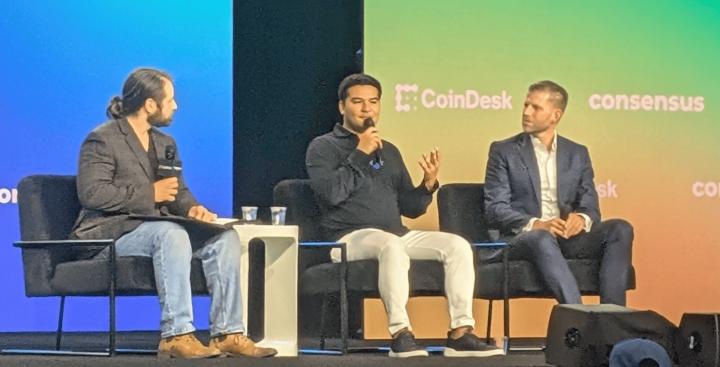Chainfeeds Briefing:
On-chain AI Agents are quietly reviving, with protocols like MCP, A2A, and UnifAI gradually improving standards and building a new infrastructure for multi-Agent collaboration. AI Agents are evolving from information tools to application executors. Is this the second spring for on-chain AI Agents?
Article Source:
https://x.com/tmel0211/status/1912430381305065865
Article Author:
Haotian
Perspective:
Haotian: 1) MCP (Model Context Protocol): An open standard protocol launched by Anthropic, essentially creating a "neural system" that connects AI models with external tools, solving the interoperability issue between Agents and external tools. Google DeepMind has expressed support, quickly making MCP an industry-recognized protocol standard. The technical value of MCP lies in standardizing function calls, allowing different LLMs to interact with external tools in a unified language, akin to the "HTTP protocol" of the Web3 AI world, but with shortcomings in remote secure communication interface forwarding. 2) A2A (Agent-to-Agent Protocol): A communication protocol led by Google, forming the framework for an "Agent social network". Compared to MCP's focus on AI tool connections, A2A is more concerned with communication and interaction between Agents. Through Agent card mechanism capability discovery, cross-platform, multi-modal Agent collaboration has gained support from over 50 enterprises including Atlassian and Salesforce. Functionally, A2A is the "social protocol" of the AI world, allowing different small AI to work harmoniously through a unified approach. Personally, I feel the protocol's significance lies more in Google's endorsement of AI agents. 3) UnifAI: Positioned as an Agent collaboration network, attempting to integrate the advantages of MCP and A2A, providing cross-platform Agent collaboration solutions for small and medium enterprises. Its architecture is similar to a middleware, hoping to make the Agent ecosystem more efficient through a unified service discovery mechanism. Despite being efficient compared to other protocols, UnifAI's market influence and ecosystem development remain clearly insufficient, potentially focusing on specific niche scenarios in the future. What expansion directions and opportunities can on-chain AI Agents generate through these standardized protocols? 1) Decentralized capability execution applications: Dark, based on TEE design, raised a core issue - how to make AI models execute on-chain operations trustworthily. This provides technical support for AI Agents' foundation in the DeFi field, meaning future AI Agents might autonomously execute transactions, token issuance, LP management, and other DeFi operations. Integrating Agent models that are purely conceptual hype, practical Agent ecosystems are the true value. (However, Dark currently has only 12 limited Actions on GitHub, which can only be considered a good start, still far from completely leaving the conceptual stage to large-scale application deployment.) 2) Multi-Agent harmonious blockchain network: A2A and UnifAI's exploration of multi-Agent collaboration scenarios brings new network effect possibilities to the on-chain Agent ecosystem. Imagine a decentralized network composed of multiple professional Agents that might break through the capability boundaries of a single LLM, forming an autonomous collaborative decentralized market, perfectly aligning with blockchain's shared network characteristics.
Content Source








